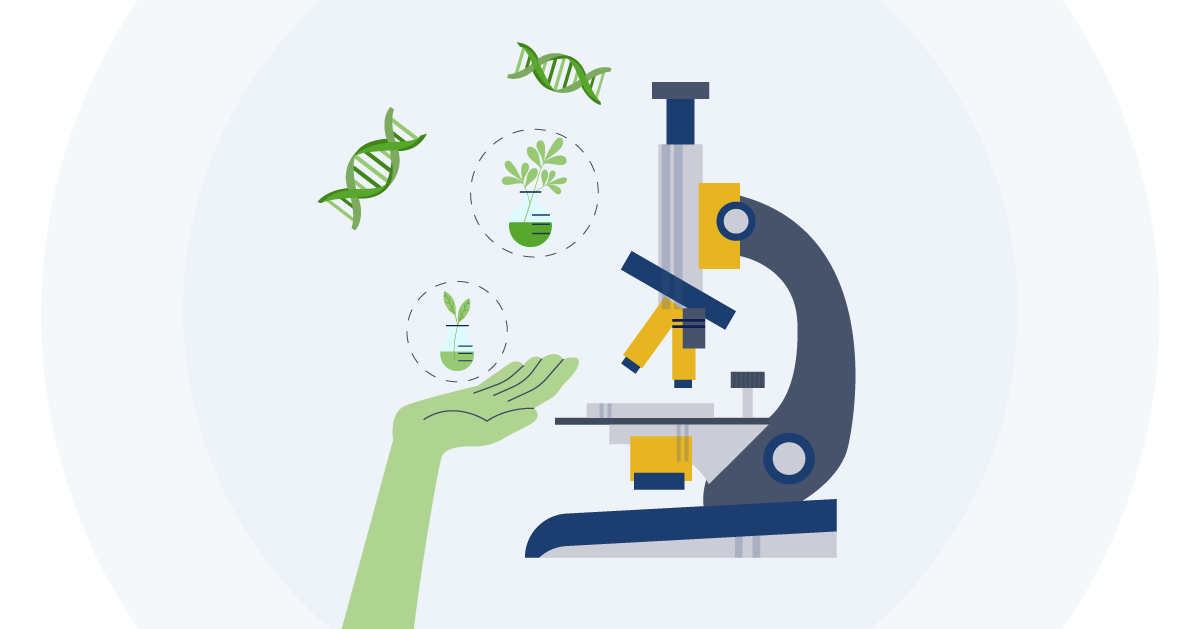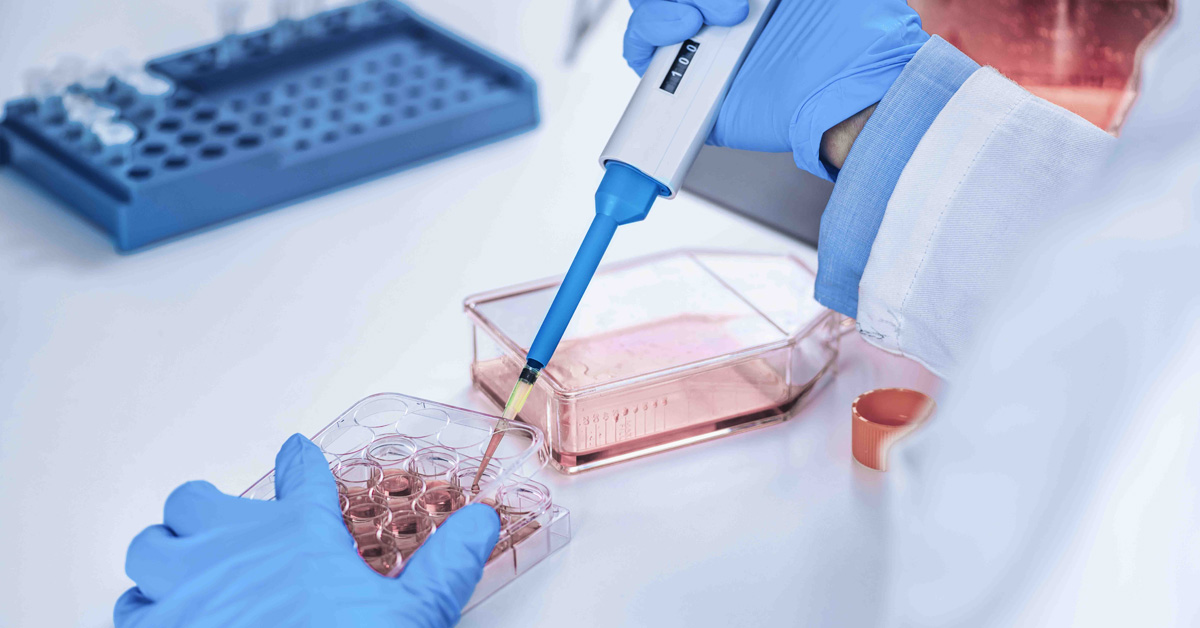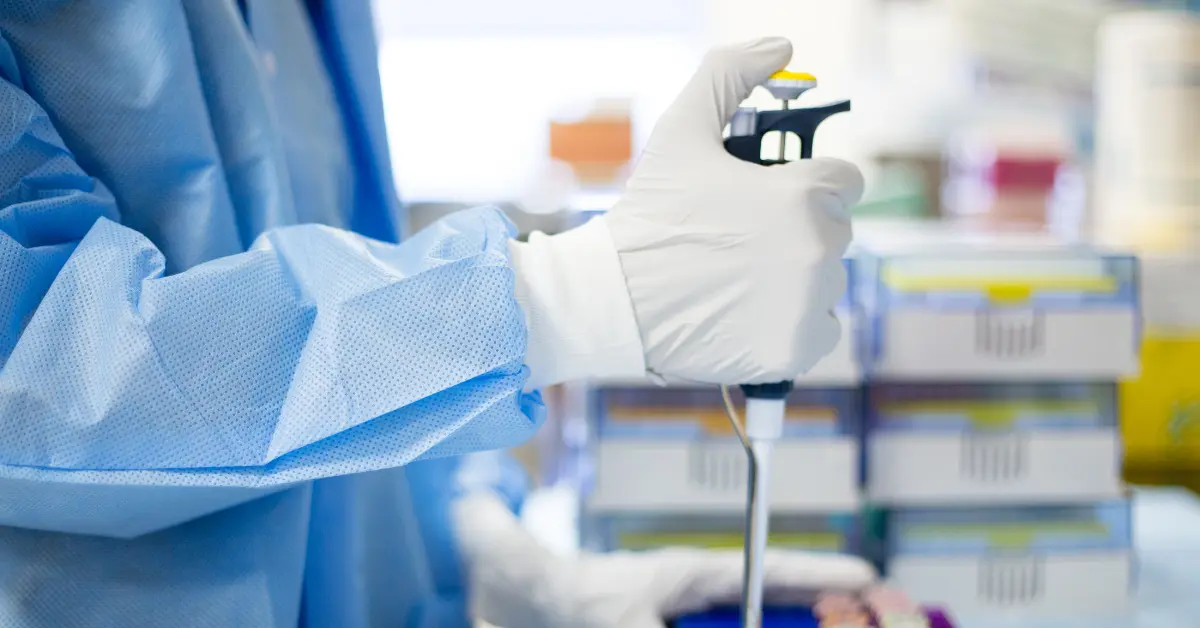Scientists are invested in making the world a better place to live— so how do we address the fact that the pharmaceutical industry has a sustainability problem? Read below for steps you can take to green your lab.
Today, the pharmaceutical sector emits more greenhouse gas (GHG) emissions than the automotive sector.[1] Along with direct emissions from shipping, indirect emissions from electricity use, the intense use of plastics, and chemical and biological waste production are all contributing to the problem.
To put it bluntly, the current mode of operation is no longer sustainable. The pharmaceutical industry’s overuse of resources and massive environmental footprint are contributing to global environmental deterioration with potentially dire consequences. Thankfully, there are many ways to make the industry more sustainable, and most labs are more than willing to do their part. To help on your journey to sustainable lab practices, we will detail five proven and currently available solutions that will serve to “green” your lab.
Introduce a recycling program
It may be cliché, but reducing, reusing, and recycling can make a big difference. Many vendors will work with their clients to reduce and recycle packaging. Various companies offer end-of-life product take back programs as well as refurbishing and recycling programs. If your lab is not involved in one of these programs, now is the time! Orders can also be consolidated to reduce packaging, and many vendors now offer alternatives to difficult-to-recycle materials such as Styrofoam.
Scientists are often too busy with lab work to research the logistics of effective recycling, but first think easy and simple – even small changes can have a big impact as demonstrated in this recent publication out of Roslin Institute. Furthermore, several universities offer commendable programs out there that can help researchers and laboratories reduce their carbon footprint. In California, the UC system is invested in helping academic labs reduce their environmental footprint. UC San Diego, UC Davis, and UC Irvine, for example, all offer sustainability programs that will work with your lab to provide information on best practices and assess the lab to suggest areas where more sustainable practices can be implemented. My Green Lab offers a number of programs that will assess laboratory energy and water use and help labs become certified to demonstrate their “green” credentials. Green Your Lab is another great program that offers tips toward reducing environmental impact.
Energy efficiency
Increasing energy efficiency is a simple and straightforward way to avoid unnecessary greenhouse gas (GHG) emissions. One simple way to increase energy efficiency is to look for instruments that carry an ENERGY STAR® or ACT label. Freezers, refrigerators, and ice machines all make use of the ENERGY STAR label. And speaking of freezers, these pieces of equipment are often a major culprit when it comes to excess energy usage. Did you know that many lab specimens stored at -80°C could just as well be stored at -70°C without compromising sample integrity? This simple adjustment prolongs the life of lab freezers while reducing energy consumption by as much as 40%.
Research shows that a significant portion of biological samples currently being stored frozen could actually be transferred to storage at room temperature. A pilot study at the Stanford University [2] found that a great deal of energy (and freezer space) could be saved by taking advantage of new dehydration technology that allows safe storage of certain types of biological samples at room temperature. Always make sure that freezers are well-maintained and keep an inventory so that out-of-date samples can periodically be discarded.
Another way to increase energy efficiency is by turning off equipment when they are not in use, such as biosafety cabinets (BSC), fume hoods, etc. and by managing the performance of existing resources.
Reduce water usage
Many simple water reduction measures used at home are just as effective in the lab. Make sure to install faucet aerators and turn off the tap when a sink is not in use. Fill dishwashers and autoclaves completely before starting a cycle.
Single pass cooling systems waste a lot of water and energy. Recirculating water baths and air-cooled condensers are a more efficient way to go. Remember to label taps and substitute standard tap water when possible.
Reduce plastics waste
In science, cleanliness and safety go hand-in-hand. Safety hoods are kept sterile. Painstaking measures are taken to keep pre-clinical and clinical labs as clean as possible. Entire dedicated “clean rooms” ensure that pharmaceutical products are not contaminated during manufacturing. Until now, the simplest answer to ensuring that many lab products are sterile has been to ensure that they are only used once; single use plastic products have reigned supreme.
Reducing plastics waste is critical to reducing the pharmaceutical industry’s environmental impact. Many people do not realize that products such as nitrile gloves, tip boxes, and conical tubes can be recycled – or that alternatives may exist, for example biodegradable nitrile. Additionally, there are other recycling options, such as circular solutions to recycle single-use plastics into the next generation of lab consumables from Polycarbin. Pipet tip boxes can be refilled, and many plastic laboratory products can be reused and even autoclaved. Glassware is autoclavable and can be used in place of plastic in many cases. Of course, the best way to reduce plastic is by not using it in the first place.
Cell culture is one of the largest sources of laboratory plastic waste and is thus a prime target for waste reduction. Nucleus Biologics’ new point-of-use cell culture system, KrakatoaTM, is designed to drastically reduce cell culture media related plastic waste while also saving energy. The media maker uses biodegradable media pods to solubilize 500mL quantities of sterile media at point of use. Cell culture media is dispensed into glass bottles that can be autoclaved and reused. Krakatoa media pods do not require refrigeration during shipping and storage and the biodegradable components can be recycled, making it a viable way to green your lab.
Green your chemical use
Sharing and donating lab chemicals is another way to go green. Keep an inventory so that chemicals can be more efficiently shared between labs. Excess chemicals can be donated to schools or to labs in developing countries rather than going to waste. Toxic chemicals are a hazard to the environment and should always be disposed of properly. Solvent waste can also be reduced by using a solvent recycling program, or simply by communicating the existence of excess materials to nearby labs.
There are now “greener” alternatives to many commonly used chemicals, including radioactive isotopes, histology reagents, and mercury. Several supply companies now offer guides that can help labs to reduce their toxic footprint.
It takes a village to ensure a greener pharmaceutical future, and every step a lab takes to reduce their GHG emissions is a step in the right direction. At Nucleus Biologics, we embrace sustainability and environmental responsibility. Please visit our website to learn more about our eco-friendly products and services.
References
- The Conversation. 2019. Big Pharma emits more greenhouse gases than the automotive industry. [online] Available at:https://theconversation.com/big-pharma-emits-more-greenhouse-gases-than-the-automotive-industry-115285
- Jensen GD. Room Temperature Biological Sample Storage. Stanford University. May 2009.




